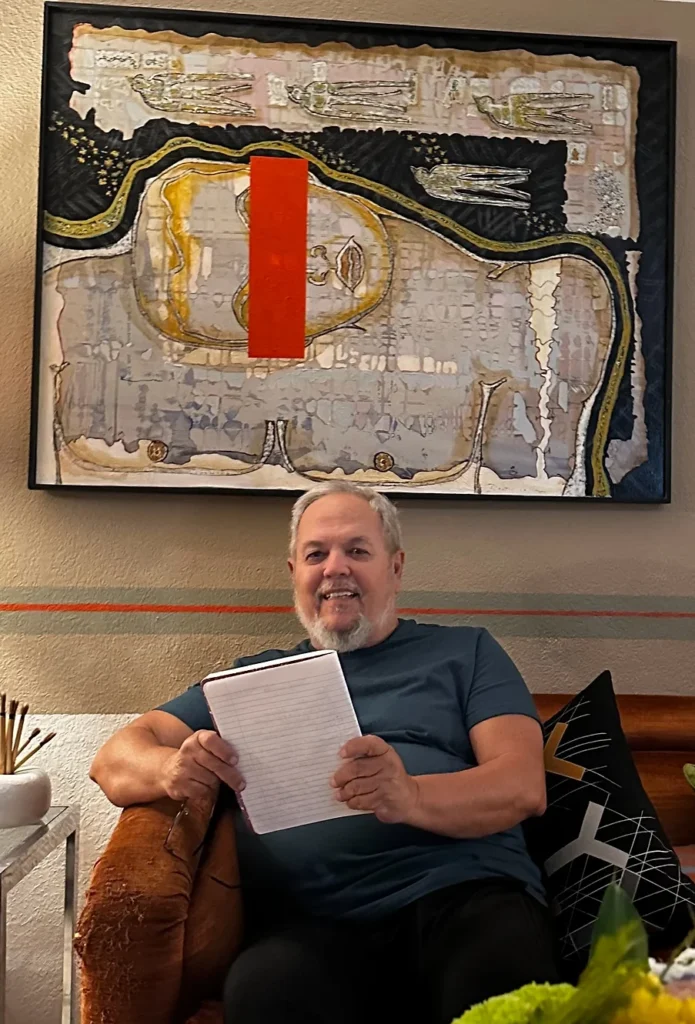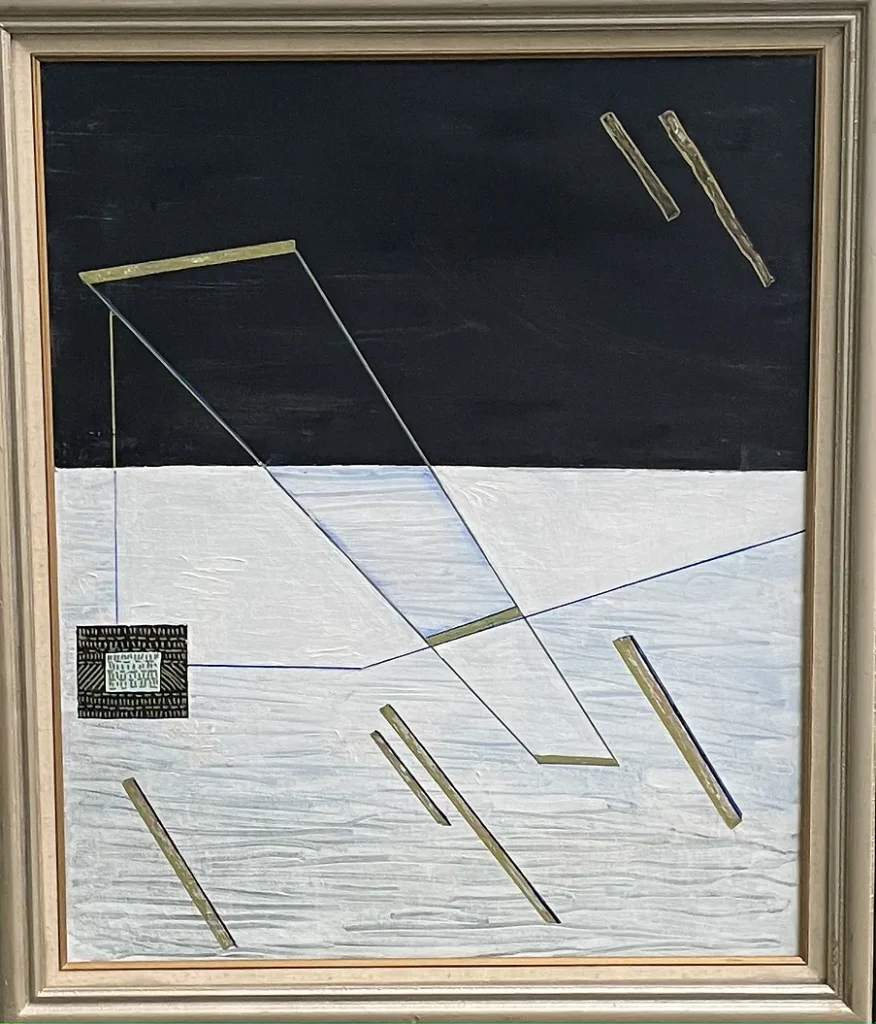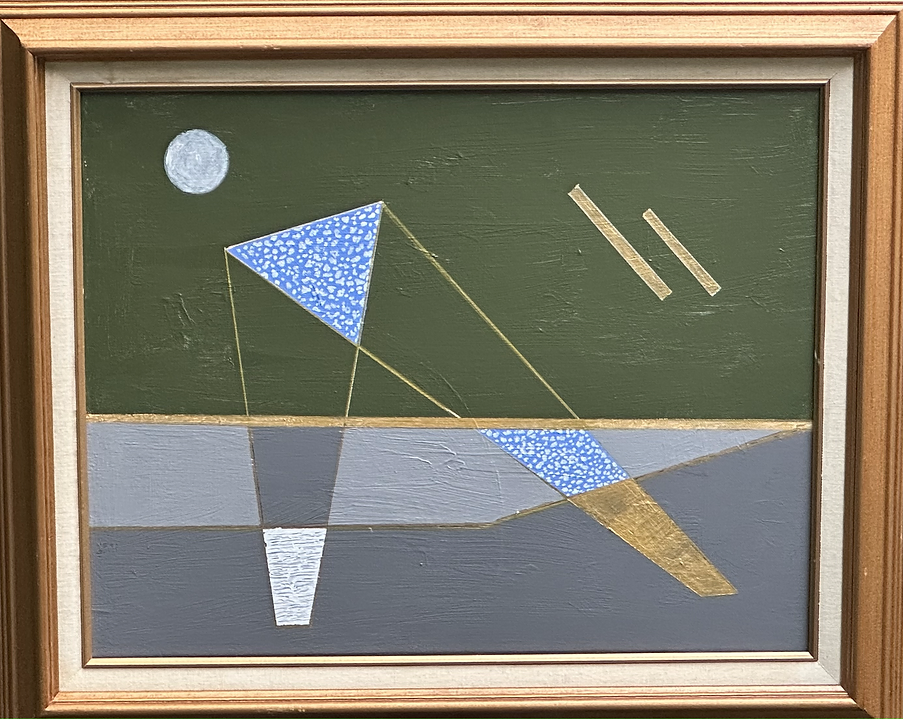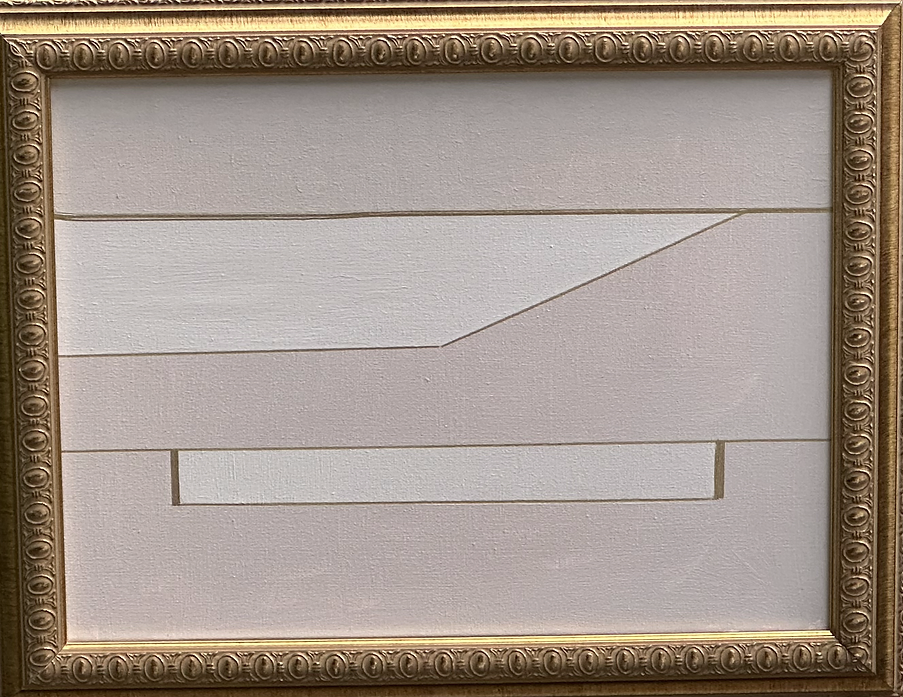Across the Urbi-verse : A Studio Visit with Roberto Montes de Oca
At seventy-three years I partly understood the structure of animals, birds, insects and fishes, and the life of grasses and plants. And so, at eighty-six I shall progress further; at ninety I shall even further penetrate their secret meaning -Hokusai
There’s a longstanding joke among the transplanted urbanites of Miami that no one can really be from this town, so, 44 years later, as I resign myself to my adoptive city and truly think about its stories, I’ve come to wonder what became of many artists who lived here before the Swiss-led Baselization that began in the 2000s. Many of these creators were treading both pre-digital and pre-established Magic City waters, and there is no doubt in my mind that much talent had slipped through the mildewed cracks of the wide underutilized sidewalks of our citified suburbs. The last ten or so years of re-discovery of many of these artists, including Purvis Young, John William Bailly, and Gustavo Acosta by art advisors and activists in the region makes it clear that Miami before 2000 was deeply underexposed in terms of its endemic artistic capital. This is the case with the work of Roberto Montes de Oca, a Cuban-born artist who arrived in the region as a youth and has lived most of his life here. A recent visit to his studio revealed

Roberto Montes de Oca with one of his works from the 1980s
the artist’s profound technical abilities, aesthetic curiosity, and discreet mastery of one of the most mishandled areas of artistic endeavor, abstract painting. Characterized by precise technical execution and a distinctive transcultural voice, his works, where abstract expressionism goes beyond “looking for inspiration in” Latin American and Pre-Colombian iconographic histories, and actually subjects the style to their incisive revelations, bring us closer than ever to an honest pictorial language that truly encapsulates the Magic City in the 21st century. Like Hokusai, the artist’s maturity brings him within reach of “penetrating the secret meaning” of each detail of his environment, to describing an experience and urbanity that could only be the product of a lifetime of disruptive and disquieting cross-cultural experiences, that is, the product of a lifetime in Miami.

Sublime Astronomy, 2023
In his latest Dimensions series, inspired by the classic writings of Carl Sagan and the imposing possibilities of the new James Webb space telescope, we are met with this aesthetic discourse, where the amplitudes of space-themed visual language seem to float on and pierce the pictorial memory of the great South American geoglyphs. The paintings evoke a keen sensitivity to how our continuing conquest of space could bring us back around to the intuitive wisdom of this visual history in unexpected, cyclical ways.

Dimensions series, 2023
In general, a walk around Montes de Oca’s studio brings us to a global perspective as if the Nazca lines were our starting point. Every nook is inspired by a different world culture, and yet it seems that this current series is indeed his culminating style. His extensive travels are documented here, and his trajectory has been an immediate affront to the art world paradigm that demands a “consistent product”. Clearly, he has gone his own way, flaunting fads and embracing various styles and techniques along the way. Are we looking at a structural homecoming for Montes de Oca in this present series? Or will we find ourselves surprised again? We’ll have to get to know the artist a bit more to find out. Our interview is below:

Gravitational Collapse, 2023
Thanks for catching up with GG Art Space, Roberto.
Tell us a little bit about your history with the Magic City. When did you arrive in Miami? I came here in 1963, on the very day that I turned 14.
How would you define yourself in terms of cultural background? I would consider myself Cuban, mostly Cuban, and yet I’ve spent so much time here that Cuban-American might be a more apt description.
When did you first exhibit your work in Miami? In the 70s and 80s, I exhibited at the Lowe Museum in collective exhibitions, I had some exhibitions organized by prominent figures such as the architect Luis Alvarez, and I was also able to showcase some works in collectives such as those organized by Miami Dade County Auditorium, among others. I was lucky to be a part of an active group of 8 artists that were featured in several venues around the city at the time.

Time and Space Singularity, 2003
Tell us about your time in the travel industry, what were some of your favorite places to visit? I was involved in the travel sector full time from 1974-1980. Those were some amazing years for me, and I often brought my daughter Amanda along for my travels. It’s difficult to choose, but if I had to, I would say Hong-Kong, Japan, and Thailand had the strongest impact on me.
For how long were you away from painting? Never. I have never been away from or rejected painting, and I have held fast to my artistic practice all these years. I was away from what we can just call the “art world”. For me, it was more of a “good-bye art world” than a “goodbye painting”.
Who would you consider your strongest influences when it comes to abstraction? Well, there is no doubt that it’s all the “greats” from the seeds of the Industrial Revolution artists, through the artists who “made” New York in the 20th century, Rothko, Stella, Pollock, and the rest. Of course there’s Picasso, but he changed the face of the Earth, so of course he inspires all of us as artists.
What do the next few years look like for your artistic practice? As always, I am going to paint what I feel. You’ll just have to stay in touch, and we’ll talk about it again soon over a glass of wine.
Gined López Ganem
Miami, FL, August 2023